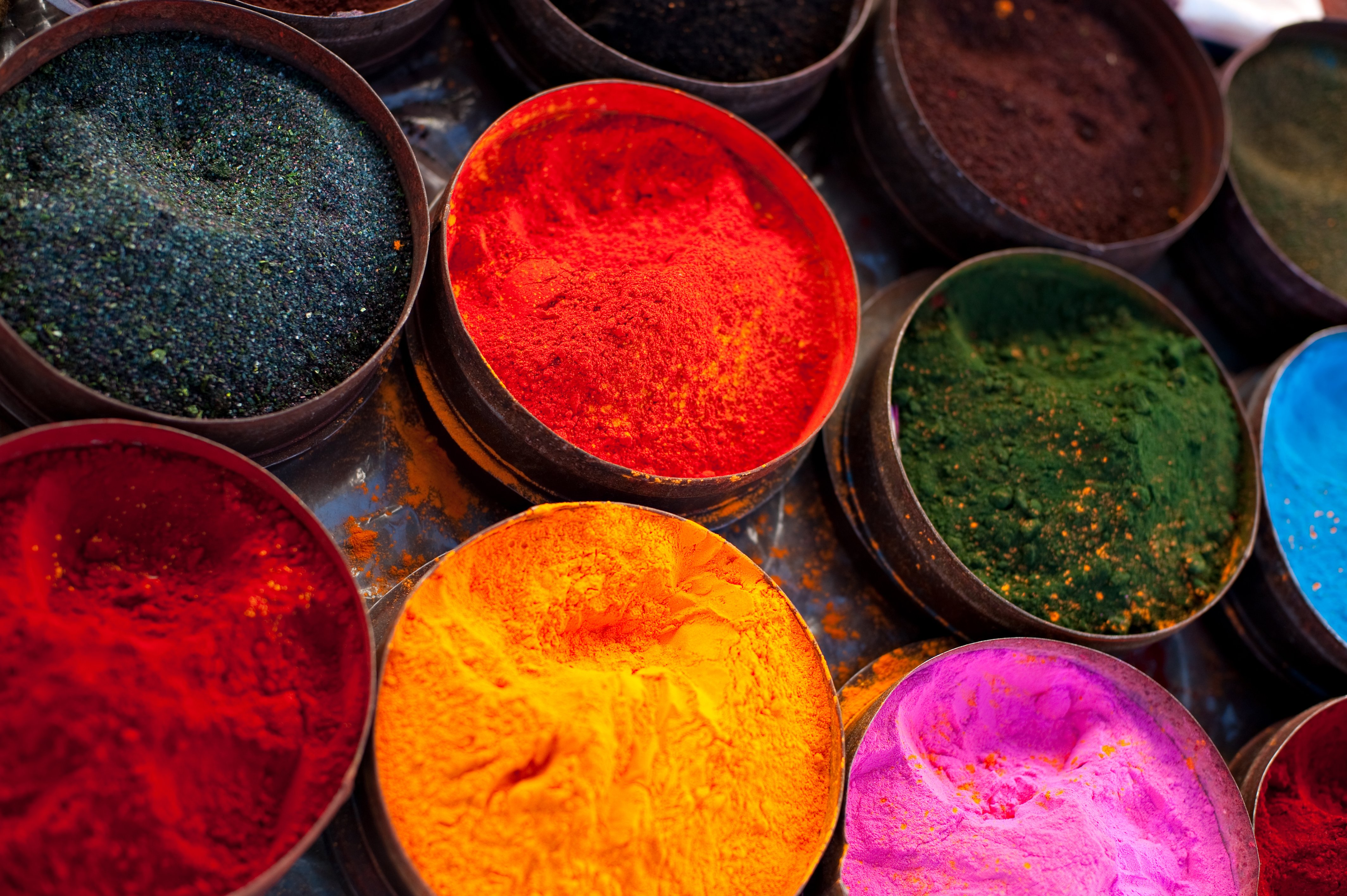On an early September morning in 1977, I hustled up three flights of stairs to my very first session in the Pharmaceutics Laboratory of College Hall at Washington State University. In one hand was my brand new white lab coat, mandatory attire for this and all future lab sessions, and in my other hand was a large box of tissues, to deal with my runny nose from my allergy to the ragweed currently blooming.
My assignment that day was to make a bottle of Gentian Violet 1% solution by precisely measuring and then mixing gentian violet crystals with alcohol and purified water, a recipe with only 3 ingredients. What could go wrong?
Cautiously measuring out the iridescent green crystals onto a pale green rectangle of waxed paper, I painstakingly weighed it to make sure it was exactly 100mg, then carefully cradled the precious powder as I headed to my lab station, trying to avoid bumping into anything or anyone. But while setting the crystals down on the black countertop, disaster struck: I suddenly SNEEZED.
Quickly turning my head, I managed to avoid spraying powdered dye across my lab bench. In relief, I quickly added the colored powder to my alcohol and water mixture before another sneeze could strike. When the rest of the lab went smoothly without another sneeze, I thought I’d avoided further misfortune, but my luck didn’t last. As I pulled my lab coat out of the washing machine the following week, I stared in dismay at the bright purple speckles that decorated its front. Stubbornly, they refused to fade. I wasn’t the only one with colored speckles on my lab coat, but mine was the most spectacularly purple speckled lab coat for the entire rest of that year and the next.
Gentian violet is one of several compounds that are both a dye and a medicine. Discovered in 1861, Hans Gram would report thirteen years later that gentian violet could irreversibly color certain bacteria. This proved to be instrumental in classifying bacteria and became the basis for the Gram stain method of identifying bacteria still widely used today.
Gentian violet (AKA crystal violet) is used in laboratories across the globe to help identify bacteria but it’s also an effective antibacterial and antifungal agent. Gentian violet can treat infections caused by gram positive bacteria which live on the skin and yeast infections of the mouth, skin and vaginal tract. Although mostly replaced by newer antibiotics and antifungal agents, gentian violet is still used in veterinary medicine and developing countries. With resistance growing to our current antibiotics, gentian violet is getting a second look; not only is it effective, it’s inexpensive, simple to use and has very few side effects.
Thrush in infants is usually treated with a suspension of nystatin painted on the inside of each cheek 3-4 times daily for a week, while it takes only ONE application of Gentian Violet 1%, the exact same product I made over 40 years ago in pharmaceutics lab, to treat thrush.
The main disadvantage to using gentian violet is the one I had personal experience with: it stains clothing. Although gentian violet will stain clothing forever, treated skin or mucous membranes only stay bright purple for about 2 weeks before fading.
Fluorescein is a dye useful in diagnosing eye injuries and damage to your cornea. Small paper strips are soaked in a solution of fluorescein, then dried, sterilized and sealed into individual packets. When the sterile fluorescein strip touches your eyeball, it mixes with tear fluid to create a fluorescein solution that coats your eye. Healthy, intact corneal tissue won’t pick up any color, but worn spots or abrasions from contact lenses show up as bright green areas and foreign bodies are surrounded by a fluorescent green ring. The mild anti-infective action of fluorescein is also beneficial because injured eyes are very susceptible to infection.
Phenazopyridine is a reddish-orange dye often used as a medicine. Sold as a prescription medicine under the brand name of Pyridium® in 100mg and 200mg coated tablets, phenazopyridine is also now available without a prescription at a lower strength of 95mg in the products Azo®, Uristat®, and in generic “Urinary Pain Relief”.
Originally used to treat bladder infections, phenazopyridine isn’t a very effective anti-infective but has an amazing ability to relieve the urgency, pain and burning when urinating of a bladder infection, often within 15 minutes. Phenazopyridine is often prescribed along with an antibiotic to treat the urinary discomfort of bladder infections.
Just be careful: phenazopyridine will turn your urine deep reddish-orange and stain your clothing!


